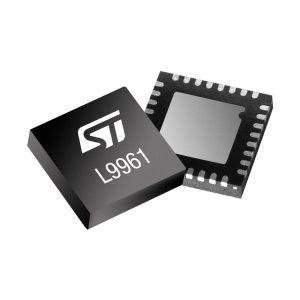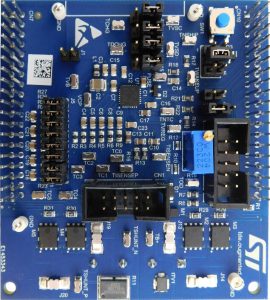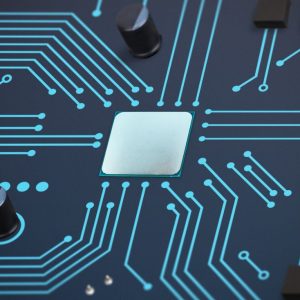The L9961 is our first battery monitoring and balancing IC for industrial applications that offers a high-side / low-side configurable pre-driver and a fuse driver. The integration simplifies designs and reduces costs by lowering the number of external components without compromising features. Avid readers of the ST Blog know the L9963E well, as the automotive cousin of the L9961 has played an essential role in numerous electric cars. The new device draws from that experience while focusing on issues specific to consumer and industrial applications. The L9961 must thus contend with new realities.
Meeting new expectations
The new battery management IC monitors up to five cells and was developed according to requests by major players in the power tools market. As some of our partners approached us with unique needs, our teams devised the L9961 to answer them. Indeed, user needs are shifting, and integrators must find new ways to meet these expectations. For instance, users are increasingly satisfied with battery life but demand more cost-effective solutions and advanced energy management. Battery management ICs must be more than a voltage and current monitor. Hence, ST partners are no longer simply looking for accuracy only but flexibility that fits multiple designs and features to help engineers provide a better experience to their end users.
The flexibility of the L9961
How it started

Interestingly, when one of our customers first approached us to design a new battery management IC, they were only incorporating a low-side driver. In a nutshell, the gate driver connects to a couple of external MOSFETs that disconnect the battery in case of a fault. In this instance, the customer knew they were adopting a low-side design as they simply wanted to be able to turn the load off. However, our teams started exploring what it would take to make a more comprehensive device to minimize the BoM of a battery management system, thus ensuring maximum flexibility thanks to the ability to setup the protectors in a high-side or low-side switching.
How it’s going
To develop this solution, we drew on our experience in power supply pre-drivers and optimized the charge pump to ensure as little current consumption as possible. Ultimately, we came up with one of the most flexible solutions in the industry. It means integrators can qualify one device and use it in multiple designs. We even created a UI for our STEVAL-L99615C development board, the STSW-L99615C, to help developers visualize the various functionalities of the device and its customization capabilities. Ultimately, we strove to make this flexibility more approachable, especially for those with less experience in this type of design. For instance, the firmware suite STSW-L9961BMS is dedicated to battery management solutions.
The integration of the L9961
Greater than the sum of its parts

The L9961 embeds high-side and low-side pre-drivers. Consequently, it makes the L9961 stand out since engineers no longer have to implement such features with external components. Indeed, ST chose a different approach to the L9961 for two reasons: integration and intelligence. By integrating the fuse driver in the L9961, we alleviate the workload of integrators who want to implement such a feature. Additionally, it enables us to create a smarter system by controlling it with a program on the host microcontroller. Instead of a very basic mechanical system, it becomes possible to create more complex fault detection algorithms that will trigger the fuse.
Stronger together
The new device comes with all the traditional bells and whistles, such as internal balancing, to spread the wear equally, thus ensuring longevity and protection, and a high-resolution ADC for greater accuracy (±15 mV). It also has an over- and under-temperature detection, which uses the pin attached to the Negative Temperature Coefficient thermistor to get temperature data on the cells for early warnings. Similarly, the L9961 offers over- and under-voltage detection and short-circuit protection. As consumers are increasingly sensitive to safety features after a wave of batteries catching fires, engineers must choose more robust devices to protect their users, systems, and brands.




